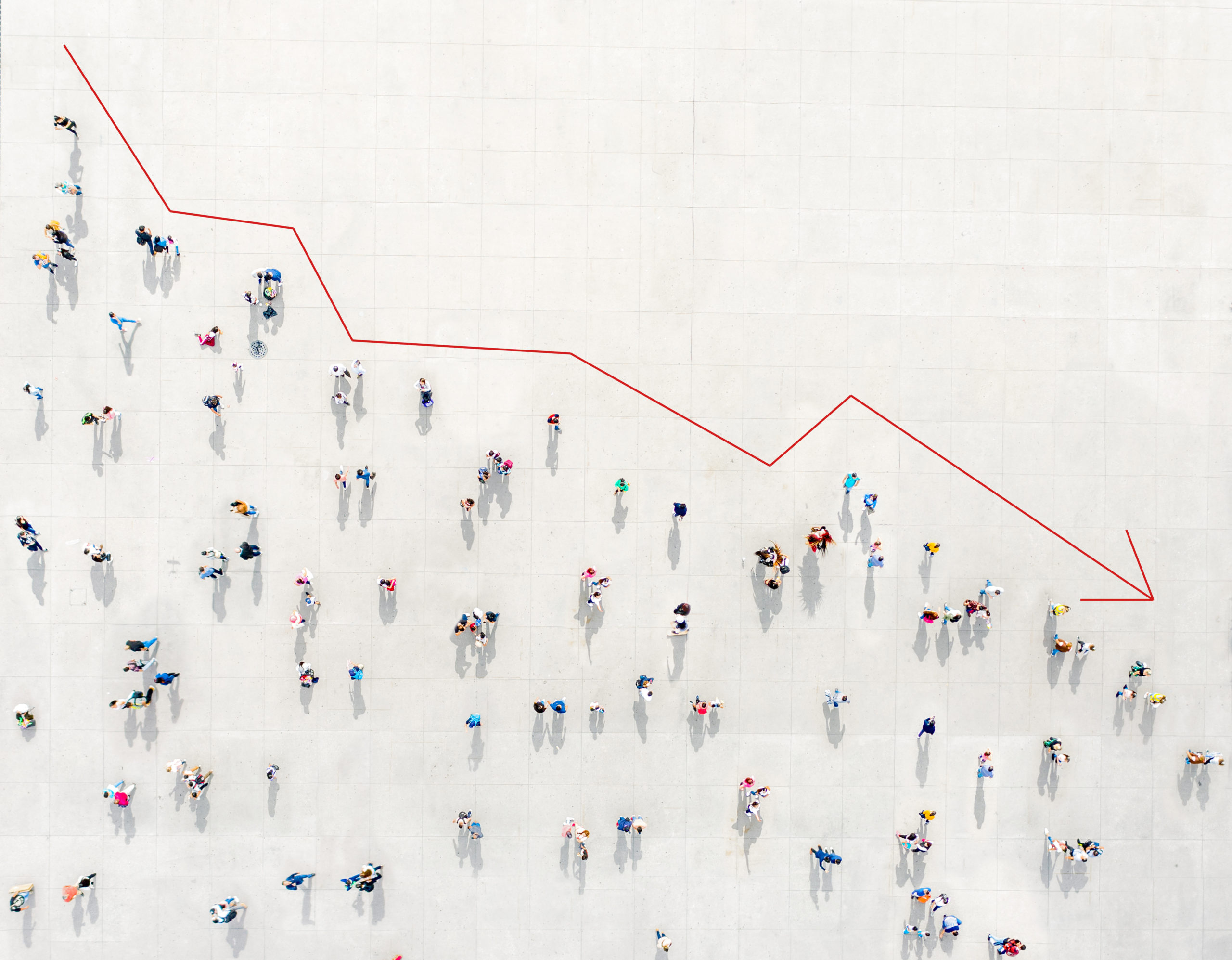Unemployment in Australia dropped further in December; but ‘challenges remain’ for the economy

Unemployment in Australia fell further in December 2020
The unemployment rate in Australia fell even further in December.
The Australian Bureau of Statistics revealed this morning that the nation’s unemployment rate fell to 6.6 per cent.
Unemployment peaked at 7.5 per cent in July, the highest level since 1998 albeit below economists’ worst fears of 10 per cent.
Since then it has gradually declined and in December, 12.9 million Australians were employed. This represented 50,000 more people employed than a month earlier and 784,000 more employed people than in May.
The ABS argued that was predominantly driven by part-time employment rather than full-time employment.
“Although employment has recovered 90 per cent of the fall from March to May, the recovery in part-time employment has outpaced full-time employment,” noted the ABS’ head of labour statistics Bjorn Jarvis.
“While part-time employment was higher than March, full-time employment was 1.3 per cent below March.”
Among individual states, Queensland saw the highest unemployment rate at 7.5 per cent but curiously saw the highest gain in employment people by far – 1.4 per cent.
The ACT & NT recorded only 3.7 per cent and 5.4 per cent respectively while the remainder of the states saw figures between 6 and 7 per cent.
Only South Australia recorded a rise in unemployment but the Festival State is still the only mainland state to have recorded more people employed than before COVID-19 hit.
Is Australia’s economy turning around?
The unemployment level in Australia is one of several signs that may indicate that the economy as a whole is turning around.
Other signs include retail sales and household spending as well as construction work done – all of which have surged from COVID lows.
However not all sectors have been feeling the COVID-19 recovery with hospitality and tourism still under restrictions. Unemployment remains above the 5.1 per cent figure notched up 12 months ago. And it remains to be seen if the latest round of lockdowns in Sydney and Brisbane will have any impact.
CommSec noted this morning the ABS’ survey, which assists their determination of unemployment in Australia, was taken in early December prior to these restrictions, and a strong result was expected.
One sign that raised the eyebrows CommSec’s economists and others was yesterday’s 4.5 per cent drop in the Westpac-Melbourne Institute Index of Consumer Confidence.
Admittedly the drop was from a decade-high figure recorded in December but all components fell from the outlook to personal finances.
“Certainly Australia has done well in terms of suppressing the COVID-19 virus and the stimulus to support the economy has been massive,” noted CommSec’s Craig James.
“But global cases of the virus continue to rise. Australia’s foreign borders are still shut together with some domestic borders (to certain regions). So challenges remain.”
Westpac’s Bill Evans said markets will be watching the RBA’s board meeting next month for hints if it will continue its current Quantitative Easing, which is due to end in April.
Evans tipped there’d be a second purchase program but we may not know until the April board meeting.
Related Topics
UNLOCK INSIGHTS
Discover the untold stories of emerging ASX stocks.
Daily news and expert analysis, it's free to subscribe.
By proceeding, you confirm you understand that we handle personal information in accordance with our Privacy Policy.








